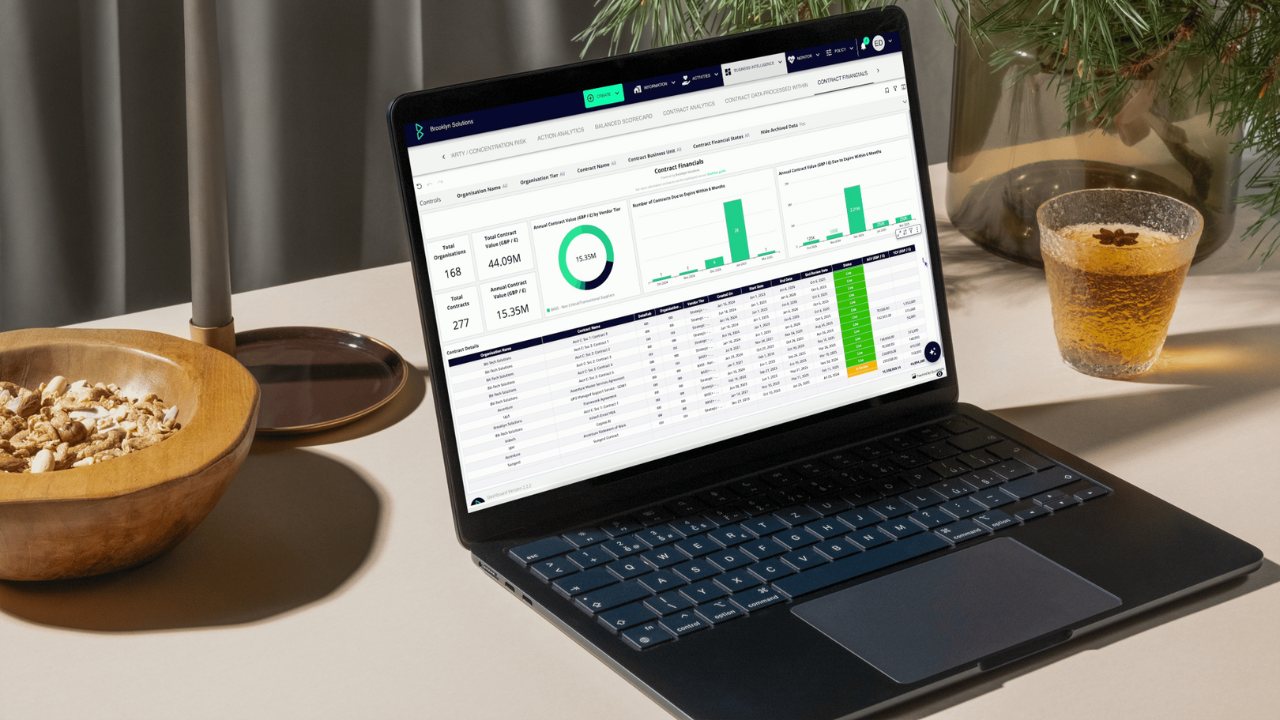Companies increasingly rely on third-party vendors to outsource their operations, impacting the critical need for robust risk management practices. The discipline of Third-Party Risk Management (TPRM) has emerged as a vital component of business strategy, but what led this discipline to be required in today’s enterprise?
In this blog, we highlight the developments that contributed to the creation of Third-Party Risk Management:
1. Increased Outsourcing
Businesses have increasingly turned to outsourcing as a means of streamlining operations, reducing costs, and gaining access to specialised expertise. However, this trend towards outsourcing has introduced a new set of risks, including operational inefficiencies, compliance challenges, and cybersecurity vulnerabilities, stemming from dependencies on external parties.
2. Globalisation and Supply Chain Complexity
The process of globalisation has led to the expansion of supply chains, resulting in increased complexity and interconnectedness across geographies. Organisations now rely on a vast network of suppliers, vendors, and service providers, making it challenging to monitor and manage risks effectively throughout the supply chain.
3. Regulatory Scrutiny and Compliance Requirements
Regulatory authorities worldwide introduced stringent regulations and compliance requirements to address the risks associated with outsourcing and third-party relationships. Regulations such as GDPR, SOX, HIPAA, and Basel III oblige organisations to adhere to specific guidelines to protect sensitive data and ensure the security and privacy of customer information.
4. High-Profile Incidents and Data Breaches
The proliferation of high-profile incidents and data breaches involving third-party vendors has underscored the importance of robust risk management practices. Companies face significant financial and reputational damage in the wake of security incidents, highlighting the need for proactive measures to mitigate risks associated with third-party relationships.
5. Cybersecurity Threat Landscape
The evolving cybersecurity threat landscape presents a significant challenge for businesses seeking to safeguard sensitive data and protect against cyber threats. As cyberattacks targeting third-party vendors continue to rise, companies need to prioritise cybersecurity measures and implement robust risk management frameworks to mitigate potential vulnerabilities.
6. Market Pressures and Stakeholder Expectations
In today’s competitive business environment, organisations face increasing pressure from stakeholders, including customers, investors, and regulators, to demonstrate transparency and accountability in their risk management practices. Meeting these expectations requires companies to adopt comprehensive TPRM strategies that address the diverse needs and concerns of stakeholders.
7. Recognition of Interconnected Risks
Organisations have come to recognise the interconnected nature of risks within their ecosystem of third-party vendors and suppliers. A risk affecting one vendor can have ripple effects across the entire supply chain, highlighting the importance of holistic risk management approaches that consider the broader implications of third-party relationships.
Embracing Third-Party Risk Management
In response to these challenges and developments, the discipline of Third-Party Risk Management (TPRM) evolved to help Organisations effectively identify, assess, mitigate, and monitor risks associated with third-party relationships.
By implementing robust TPRM frameworks, organisations can enhance transparency, governance, and resilience in managing third-party vendors, ensuring the continuity and sustainability of their business operations. Moreover, TPRM enables organisations to proactively address emerging threats and vulnerabilities, safeguarding against potential disruptions and preserving trust and confidence among stakeholders.
Are you looking for a solution to navigate Third-Party Risk Management? The Brooklyn platform streamlines the whole risk lifecycle. From risk assessments pre-contract to monitoring ongoing third-party risk post-contract award at the front line. Actively manage third-party risk beyond surveying, providing full visibility of your third-party risk.



